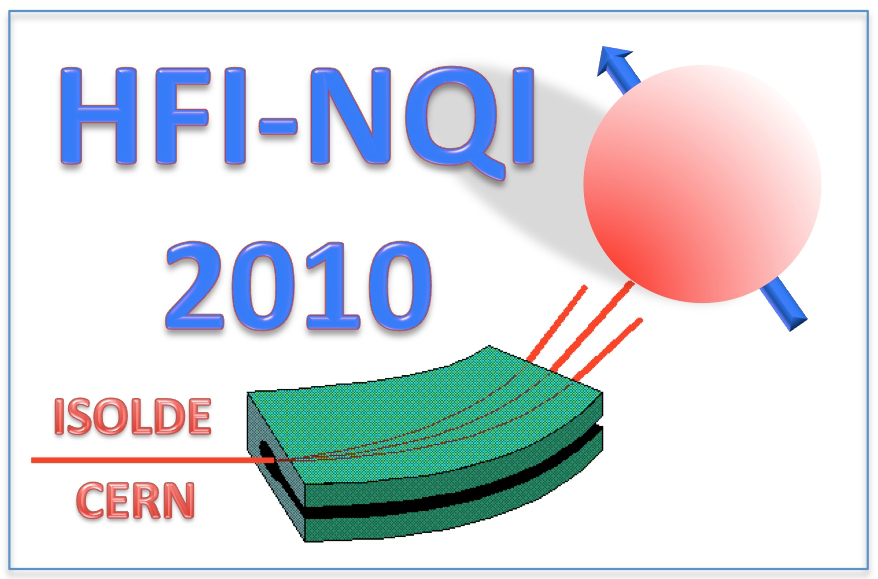Speaker
Dr
Heiko Timmers
(University of New South Wales)
Description
The relevance of germanium in current transistor technology is rising. An example is the addition of a germanium layer between an active silicon and a relaxed SiGe layer to create a p-type metal-oxide-semiconductor field effect transistor with enhanced hole mobility. Using the probe nucleus 100Pd/100Rh the local defect dynamics of Pd-atoms in germanium has been studied with time differential perturbed angular correlation spectroscopy (TDPAC). In addition to Pd, results may inform on the behaviour of isoelectronic atoms, such as cobalt. The effect of codoping with Ga, As and In atoms on Pd-related defects has also been explored.
The 100Pd/100Rh probe was recoil-implanted at the 14UD accelerator in Canberra into germanium single crystal samples and samples, pre-implanted with 1016 ions/cm2 of Ga, As and In, respectively. The probe (t1/2 = 3.6 d) was produced using the fusion evaporation reaction 92Zr(12C,4n)100Pd at a beam energy of 70 MeV [1]. After recoil-implantation TDPAC spectroscopy was performed at room temperature. The samples were measured as-implanted and following isochronal annealing in vacuum for 20 min at 300°, 500°, 600°, and 700° C.
The measurement on the as-implanted germanium indicates a low frequency modulation of the ratio function. The amplitude of this modulation increases with increasing annealing temperature. The modulation is most pronounced in the ratio function obtained after annealing at 500 °C. Further annealing at 700 °C removes the effect. A similar result has been obtained for 100Pd/Rh in silicon, where the probe pairs with vacancy defects [2].
The observed effect appears to persist in germanium pre-implanted with Ga, As or In. TDPAC spectroscopy of the same samples using the probe 111In/111Cd is underway.
References
[1] E. Bezakova, 1998, Ph.D. thesis, Australian National University, Canberra.
[2] Dogra R., Byrne A.P., Ridgway M.C., 2009, Journal of Electronic Materials, Vol. 38, No. 5.
| Are you a student, a delegate from developing countries or a participant with physical needs and would like to apply for a sponsored accomodation. Please answer with yes or no. | no |
|---|
Author
Dr
Heiko Timmers
(University of New South Wales)
Co-authors
Prof.
Aidan Byrne
(Australian National University)
Dr
Mark Ridgway
(Australian National University)
Mr
Patrick Kessler
(University of Bonn)
Prof.
Reiner Vianden
(University of Bonn)
Dr
William Kemp
(University of New South Wales)
